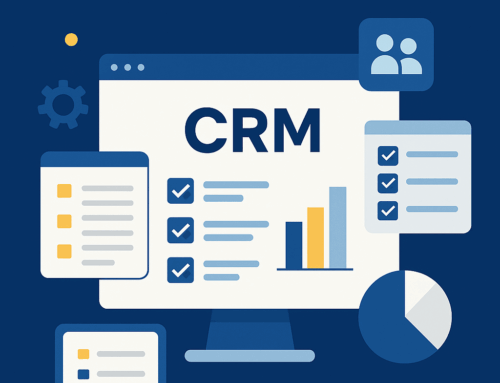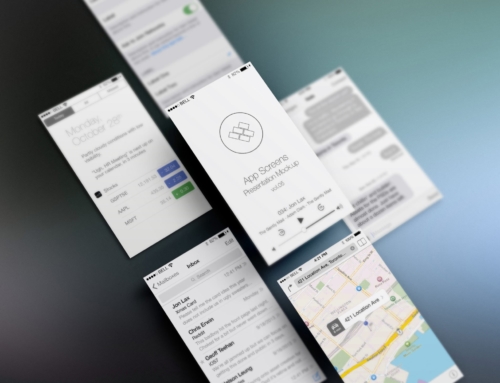In creative circles (and, btw, it’s always a circle), there’s a whole lotta agita about data and its role in/threat to the creative process. Understandable. Data, dressed up in charts and graphs – or god help us an infographic – looks respectable and upstanding, imposing in its finite-ness; it appears impervious to imagination and whim. Creativity, on the other (probably left) hand is messy. It slouches, doesn’t make eye-contact, and often smells funny.
Creative practitioners, defensively, may be tempted to deride data and belittle its attempts to participate in the creative process. Maybe out of fear. Maybe because of ignorance. Maybe because it sucks to deal with someone who’s right all the time. The argument is moot, folks. Like the unwelcome stepdad, data is here to stay. Get used to it.
The good news is we can all work together. And by this I don’t mean computers will write our copy and animate our stories while we sit idly by. (Here’s an excellent POV on that.) Data can help fuel the creative process. Not by constructing the message. Not by dictating the message. By informing it.
It’s easy to see data’s influence on digital banners and search and whatnot. Put your ear to the ground and you can hear the AI humming. Data’s role in TV advertising is a little more complicated. But no less tantalizing. So instead of looking at data as output, the stuff that sits in judgment of whether your work worked, look to data as input – stimulus for guiding creativity, motivating ideas and inspiring stories.
Three fonts of knowledge for data-inspired television/video creative:
Keywords. Talk about insight into your consumer’s brain. What are they searching that’s related to your brand? How do they refer to the actual thing that you’re selling? How about the category writ large? Sometimes it’s not what you think. Maybe because they missed the memo, but…I guess that’s the point.
Success in Other Media. What other messages and message nuggets are working well out there? Email response. Banners. Social. If you’re lucky enough to have some direct mail still in play amidst all the sexy media, that’s a great indicator of what people respond to.
Interaction with the Brand. Follow the social conversation. Listen to customer service calls, or, better yet, sales calls if that’s the kind of thing your brand is into. Where/how do tire-kickers spend time on your website? Look for anything you can learn about the relationship – good and bad – that real people have with your brand.
Data, in the right hands, can be a force for good. A benefit to creating a message that resonates. So ply the analytics folks with Vodka Red Bulls and start listening. Better yet, invite them to participate in the creative process, if you dare. After all, we’re all in this together.









